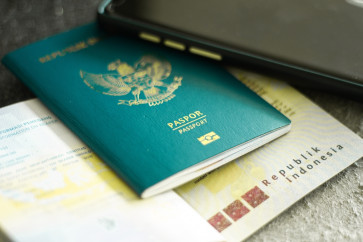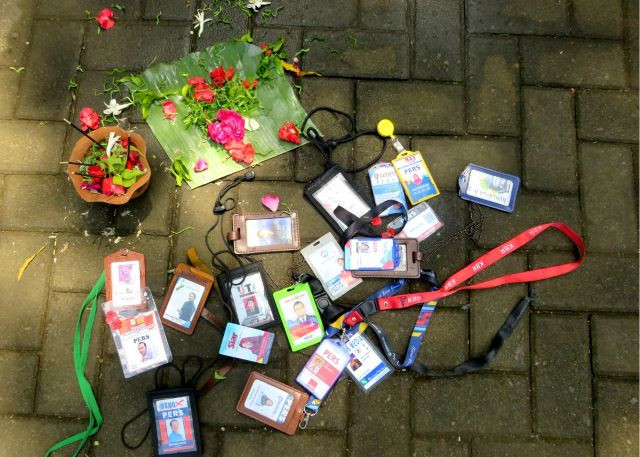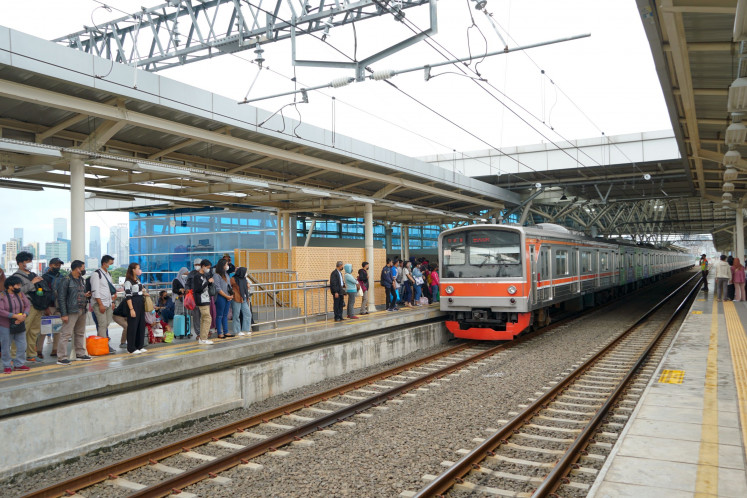5 things EV owners want you to know before you trade gas for battery
Change Size
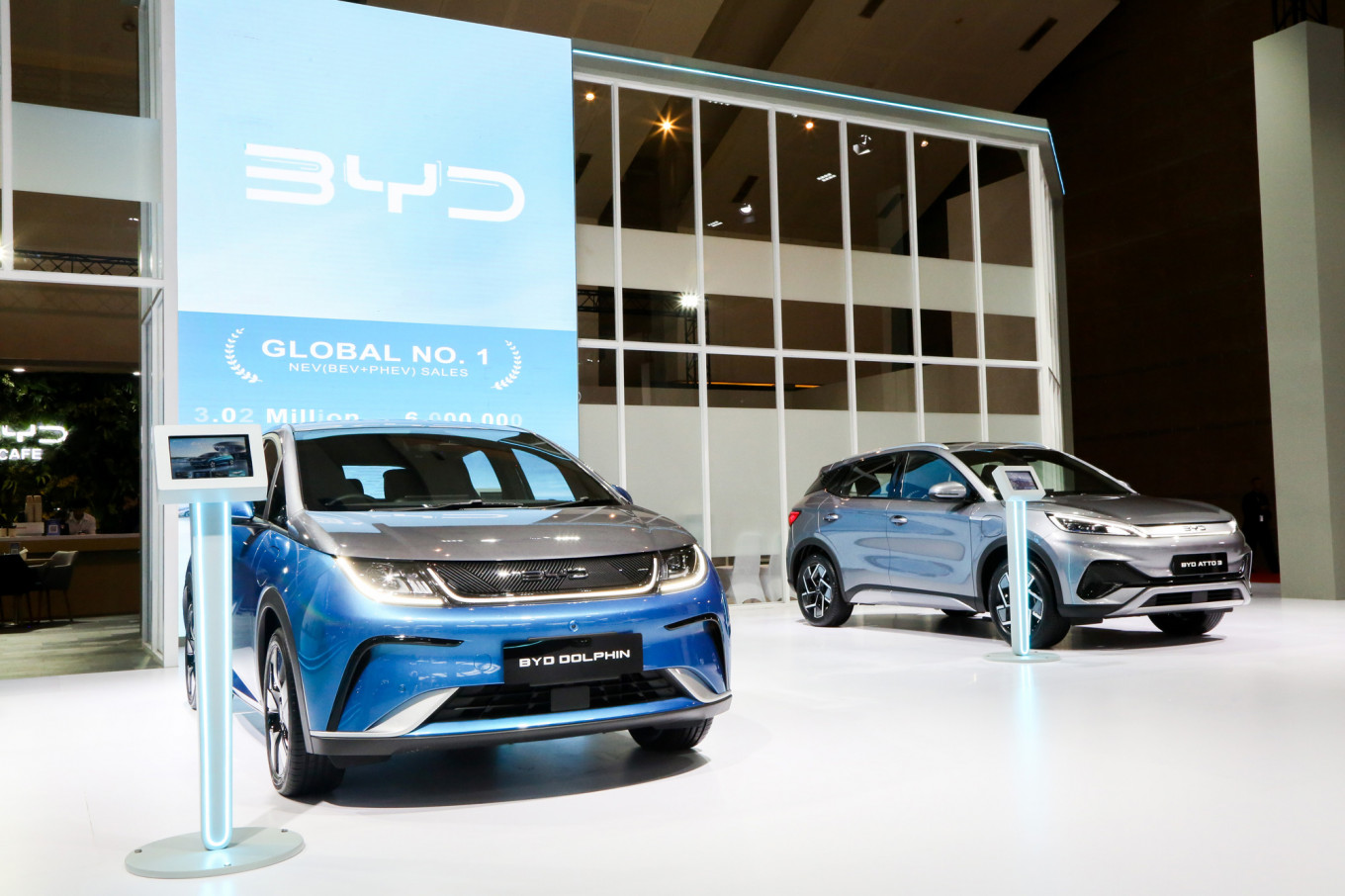 BYD, which recently made its debut in Indonesia, surpassed Tesla in global battery electric vehicle (BEV) sales in Q4 2023. (Courtesy of BYD)
BYD, which recently made its debut in Indonesia, surpassed Tesla in global battery electric vehicle (BEV) sales in Q4 2023. (Courtesy of BYD)
W
elcome to the electric future. From established names in the local market like Hyundai and Wuling, to newcomers such as the Vietnamese VinFast and China’s BYD, electric vehicles (EVs) are the talk of every car-buying community, thanks to a combination of environmental concerns, rapid technological developments and costs coming down.
Last year, a total of 17,062 EVs were sold, a 65.2 percent increase from 2022, according to data from the Association of Indonesian Automotive Manufacturers.
Are you considering making the shift too? We talked to several EV owners and compiled five things they want you to know before doing the electric boogaloo.
1. It’s more expensive at the start
They say the grass is always greener on the other side. In this case, they might be right. As of this writing, one of the cheapest cars you could get today is the five-seater Daihatsu Ayla with a starting price of Rp 136 million. If you want a third row for extra passengers, you could opt for the Daihatsu Sigra, which starts from Rp 138 million.
In comparison, the two-door four-seater Wuling Air EV, one of the cheapest electric cars on the market today, will set you back Rp 209 million before incentives for the Lite trim.
For four doors, Wuling’s BinguoEV starts from Rp 348 million, BYD’s Dolphin is priced at Rp 425 million, Chery’s Omoda E5 for Rp 498 million, Hyundai’s IONIQ 5 starts from Rp 782 million, while Vinfast has yet to announce their official pricing.
With most EVs commanding a premium over gasoline alternatives, the initial purchase price is a hurdle for Indonesians making the switch. Are they better in the long run? Only time and Mother Gaia will tell.
Read also: Where to get the most authentic Chinese dishes in Jakarta2. The government is helping bring down costs
One aspect of EV ownership that is sure to make your bank account ecstatic is the lower annual vehicle tax (PKB), or rather a lack of it.
Home Affairs Ministry Regulation No. 6/2023 exempts EVs from vehicle ownership transfer fees (BBNKB) and PKB taxation, meaning that owners are only liable to pay the Road Transport Accident Fund Compulsory Contribution (SWDKLLJ) every year, as well as the vehicle registration certificate (STNK) and registration plate (TNKB) administration fees every five years.
In addition, Finance Ministry Regulation No. 8/2024 provided a 10 percent reduction in the value added tax (PPn) of a new electric car, meaning that buyers will only have to pay a 1 percent tax.
However, this regulation comes with the caveat that the cars must have a minimum local content requirement (TKDN) rate of 40 percent. So far, this includes Wuling’s Air EV and BinguoEV, Hyundai’s IONIQ 5, and Chery’s Omoda E5.
3. It really is cheaper to keep them running
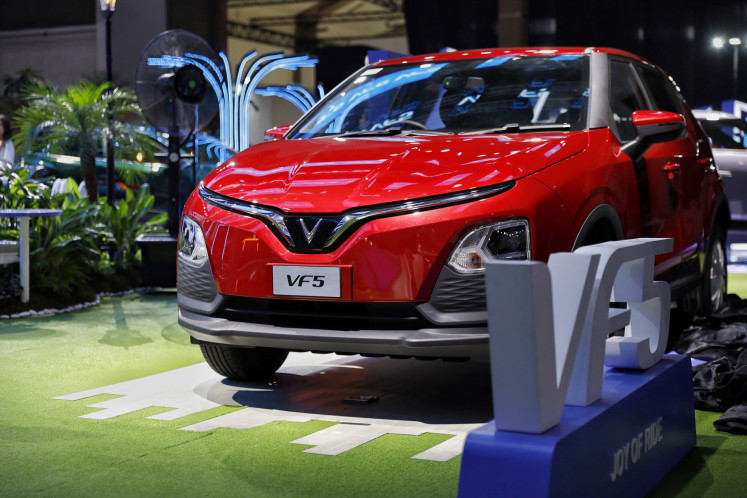
The numbers are clear: Keeping EVs running is proving to be cheaper than their ICE counterparts.
One EV owner we talked to said that recharging his car costs him around Rp 250,000 to Rp 300,000 per month, whereas he used to budget Rp 2 million to Rp 2.4 million in fuel expenses for his old ICE daily driver.
Charging at home will use the household rate, which can net you a lower price per kWh, though at the expense of taking longer to charge as household chargers utilize alternating current (AC) instead of direct current (DC) used in fast charging.
For example, the Wuling Air EV Long Range is equipped with a 26.7 kWh battery, which takes approximately 11 hours to fully charge with the minimum 2,200 VA power, or 4.5 hours when using its maximum 6,600 VA. The Hyundai IONIQ 5 Signature Long Range, with its 72.6 kWh battery, will take around 6 hours to charge with a 7,000 VA wall charger.
If your house has 6,600 VA or more, your electricity bill will be at Rp 1,699.53/kWh. This means that charging your Hyundai will cost around Rp 123,385 per charge for a driving range of 451 km, while your Wuling will run you Rp 45,377 per charge, which can last you for up to 300 km.
For charging around town, the Energy and Mineral Resources Ministry has set a maximum price of Rp 2,466/kWh to charge at a public EV charging station (SPKLU), with a maximum additional service charge of Rp 25,000 for fast charging (25 to 50 kW) and Rp 57,000 for ultra fast charging (>50 kW).
By contrast, the price of Pertamina’s non-subsidized Pertamax in Jakarta is Rp 12,950 per liter as of this writing. If we were to use the Toyota Kijang Innova, Indonesia’s best selling car of 2023 as an example, with a city driving average consumption of 10-11 km/liter for the non-hybrid version, you’ll be looking at a bill for Rp 673,400 to fill up its 52 liter fuel tank.
Read also: Elevate your date night4. There are added perks, too
Those whose daily commute takes them to Jakarta’s packed city center will probably know the drill: find increasingly creative ways to avoid roads covered by the odd-even number policy, or schedule their activities around the time the policy starts and ends. That, or have two cars with different plates.
EVs, however, get a special pass. With their special blue-tinged license plates, EV drivers are exempted from the odd-even policy as their vehicles are deemed to be less polluting than internal combustion engine (ICE) vehicles. Say goodbye to detours and pit stops!
5. Battery life worries are unfounded, mostly
With great power comes great range anxiety. Have you ever wondered what would happen when the traffic uses up all the battery and there are no charging stations in sight?
The good news is that most EVs are capable of covering your daily needs. A fully charged Hyundai IONIQ 5 Signature Long Range, the most popular electric car in Indonesia of 2023, has a claimed range of 451 km – more than enough to zip around town.
For two-wheel fans, some electric motorcycles such as those by Smoot and Volta can have their batteries swapped, allowing you to pick up more range without having to wait for charging.
The bad news is that while that fear is very unlikely to happen in big cities, it can still be a reality, especially if you plan on going on a road trip off the beaten path. Hyundai Roadside Assistance, for example, only offers services in Greater Jakarta, Bandung, Cirebon, Yogyakarta, Surabaya, Denpasar and Palembang.
As of Feb. 15, data from state-owned electricity giant PLN showed that there are 1,124 SPKLU and 1,839 battery-swap stations (SPBKLU) across the country. Most are located in Java
Though more and more stations are being built, perhaps don’t plan that cross-country run just yet.
***
This article is part of The Weekender, which comes out on the Saturday edition of The Jakarta Post. It offers a variety of lifestyle and culture articles aimed at enriching your reading experience. Subscribe here to get access to the Saturday edition and all other premium content from The Jakarta Post.



